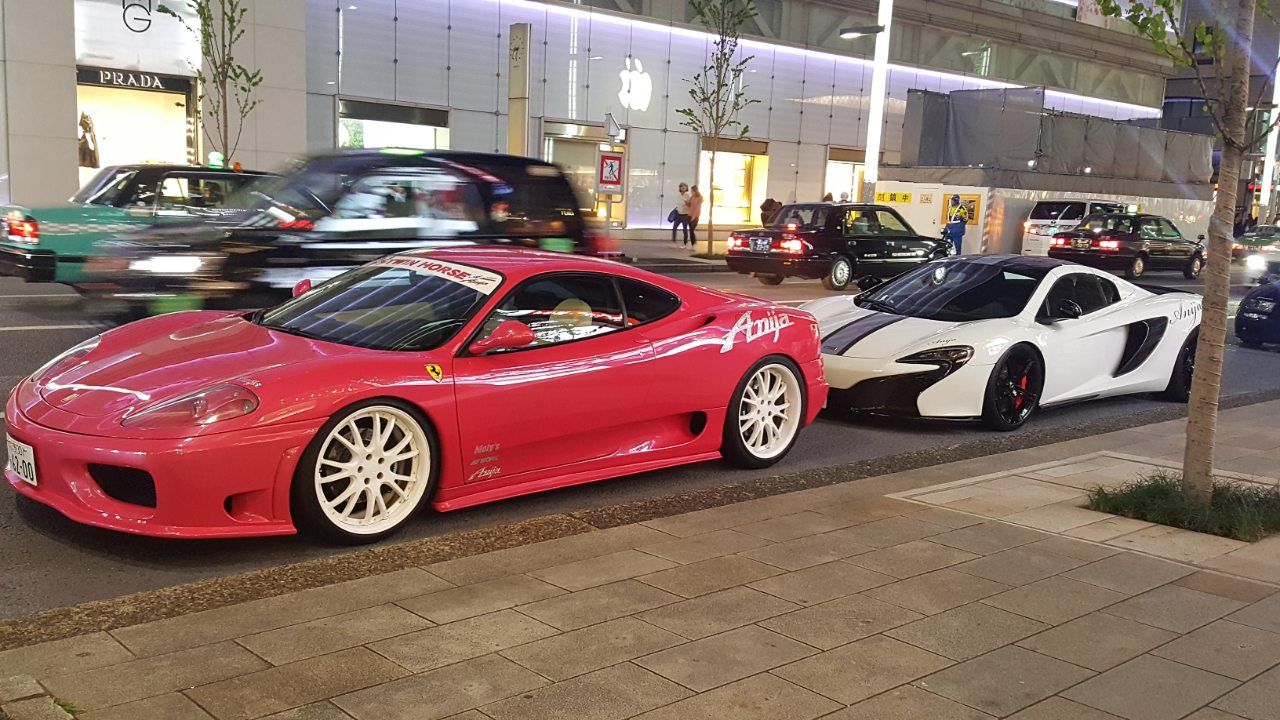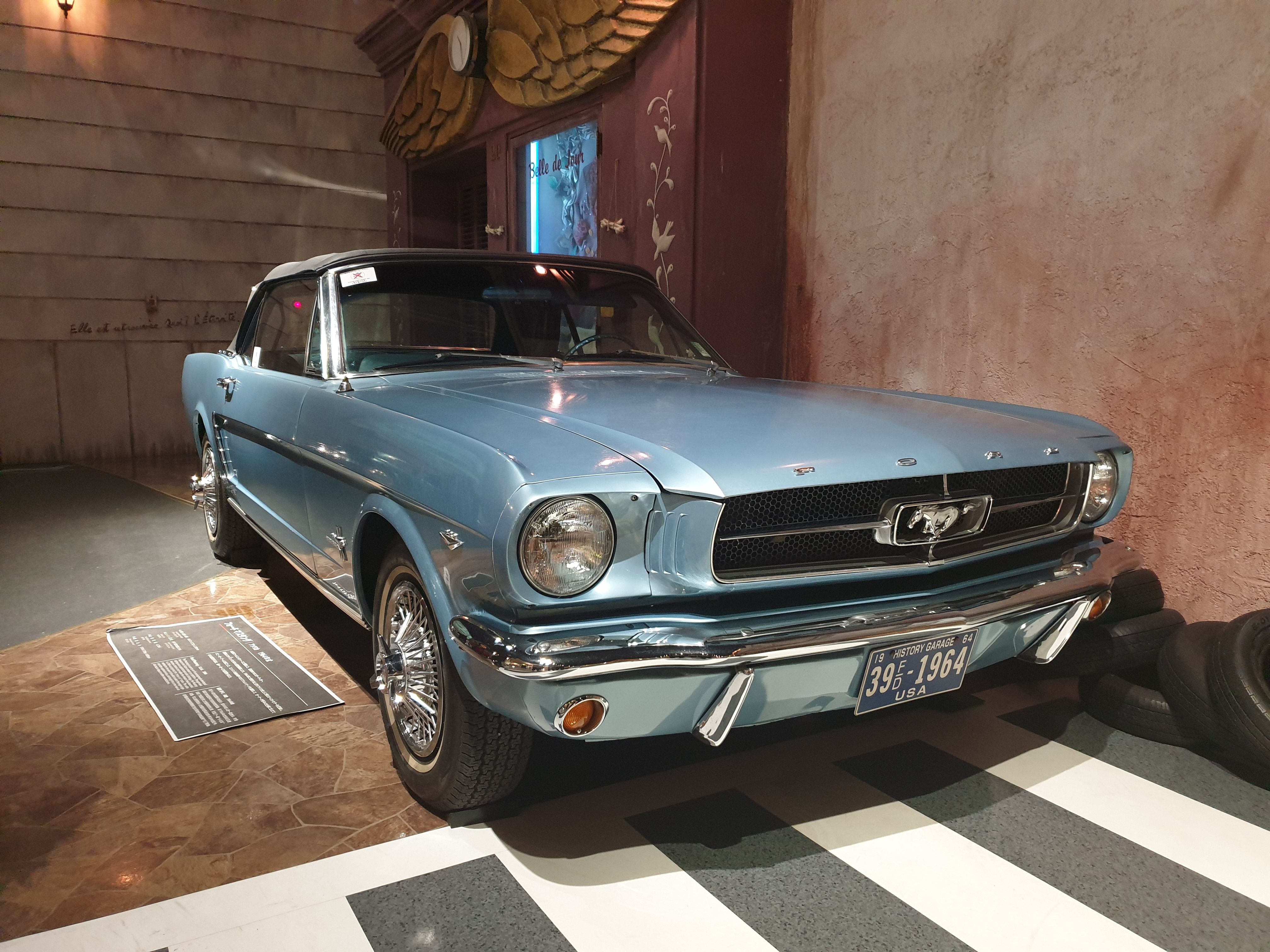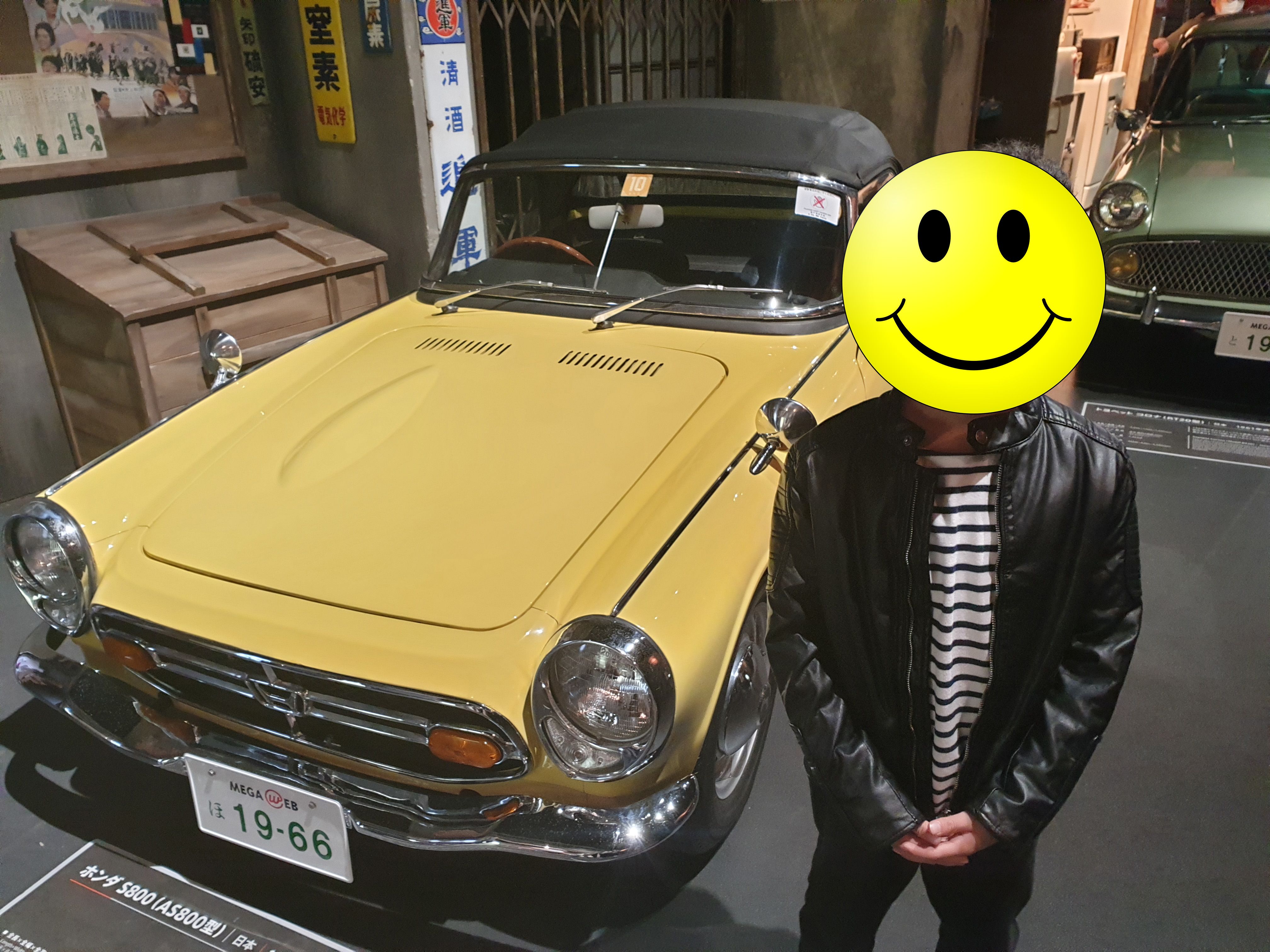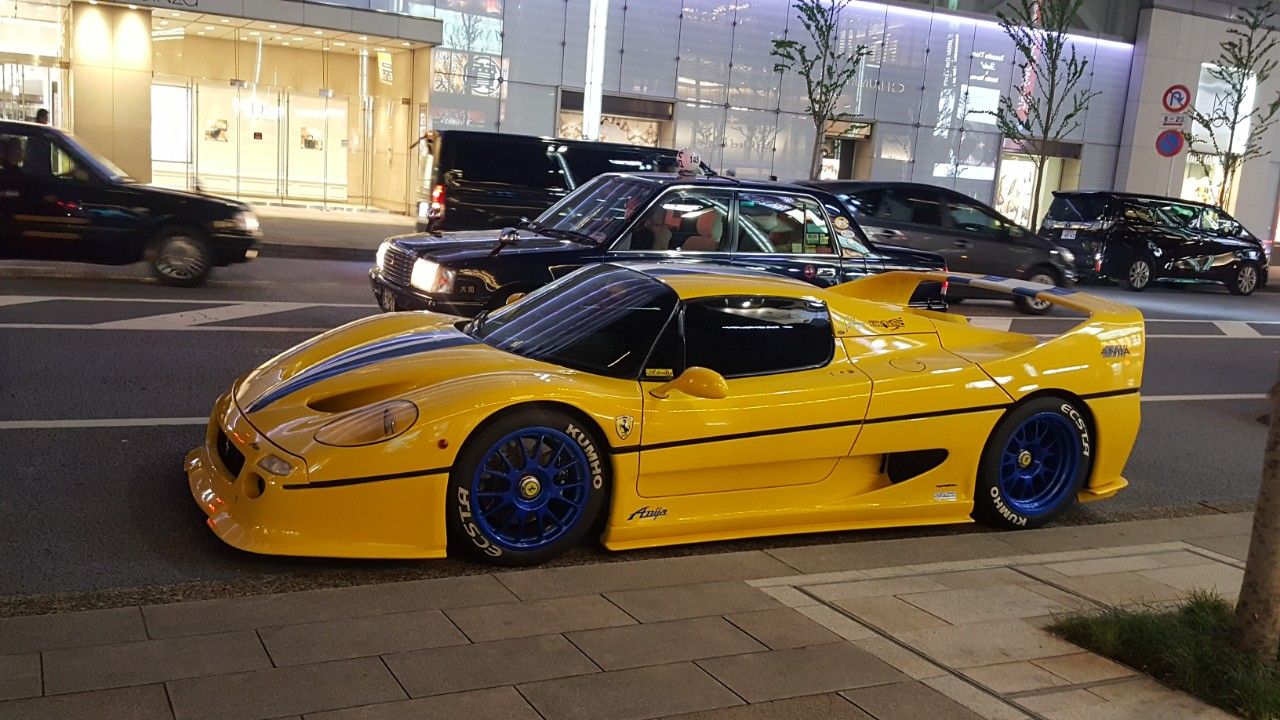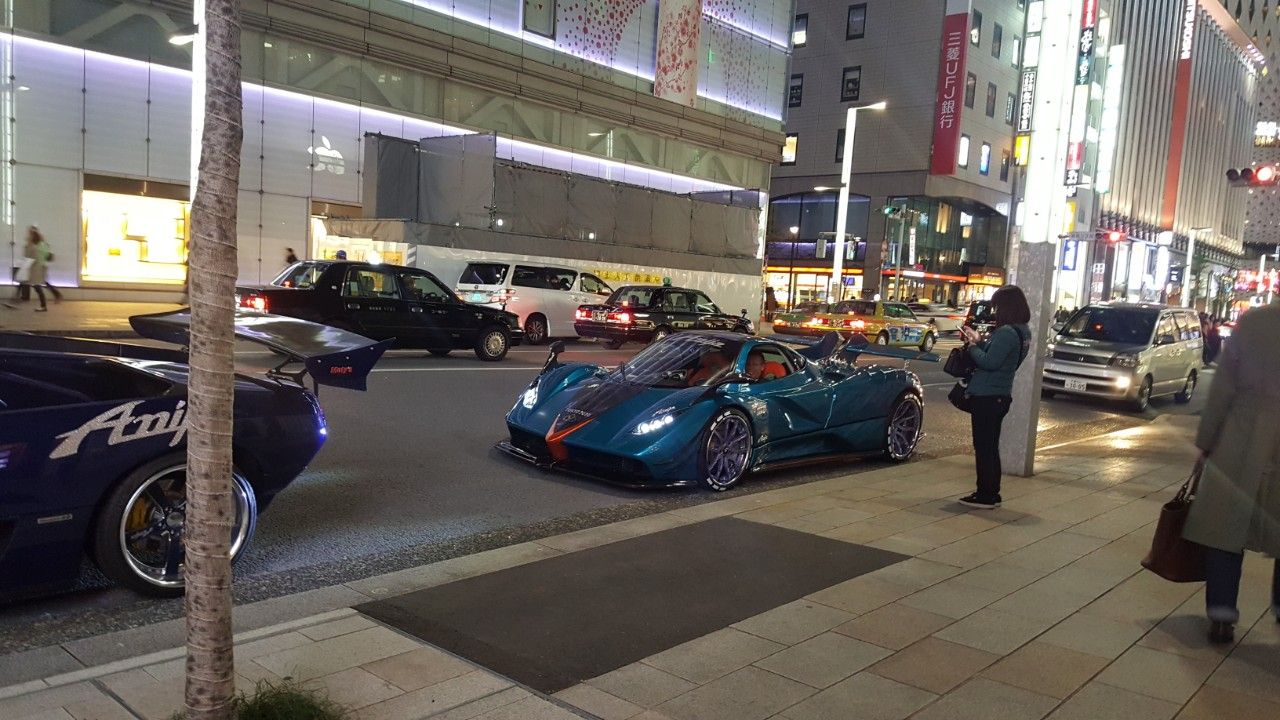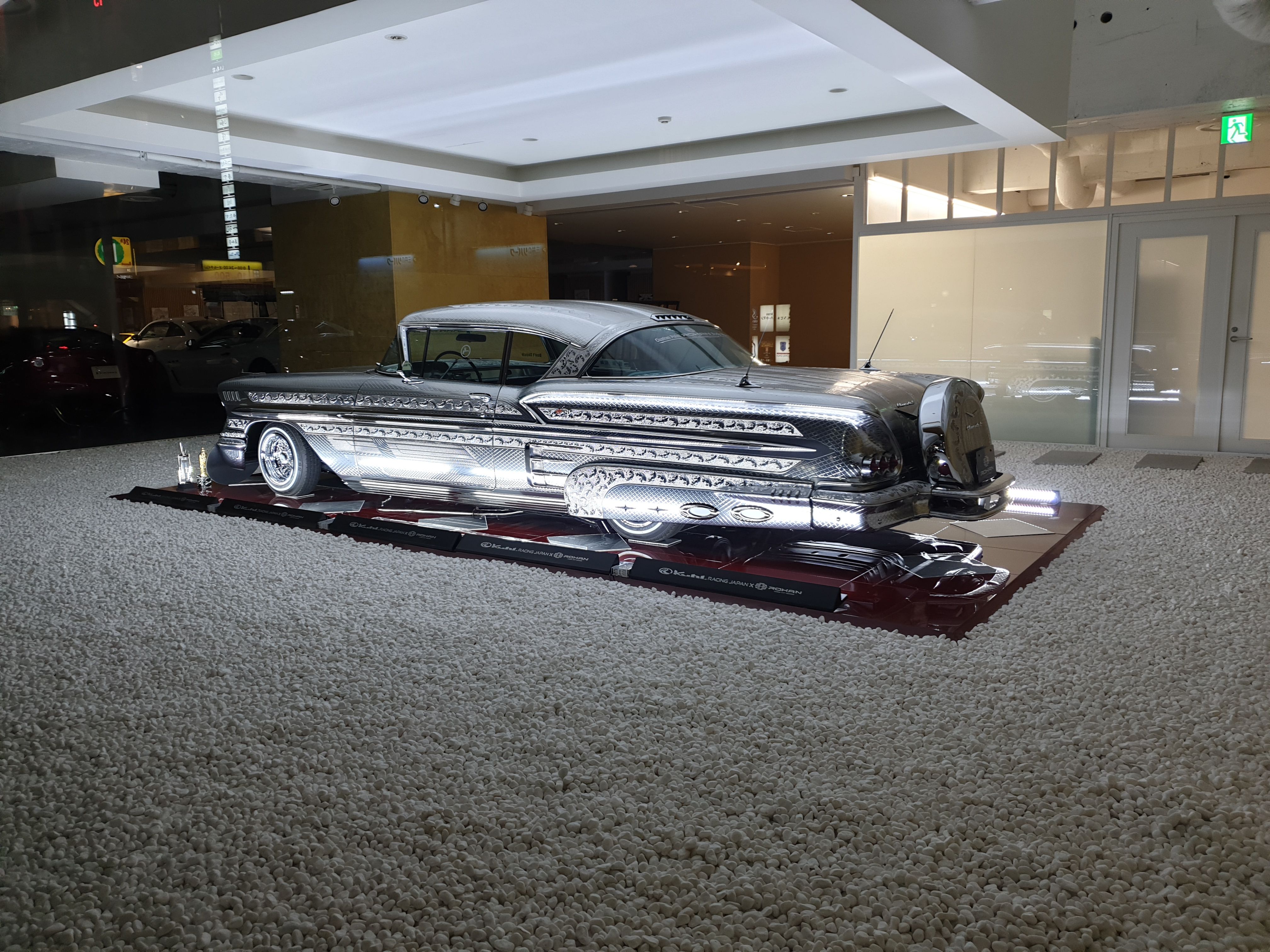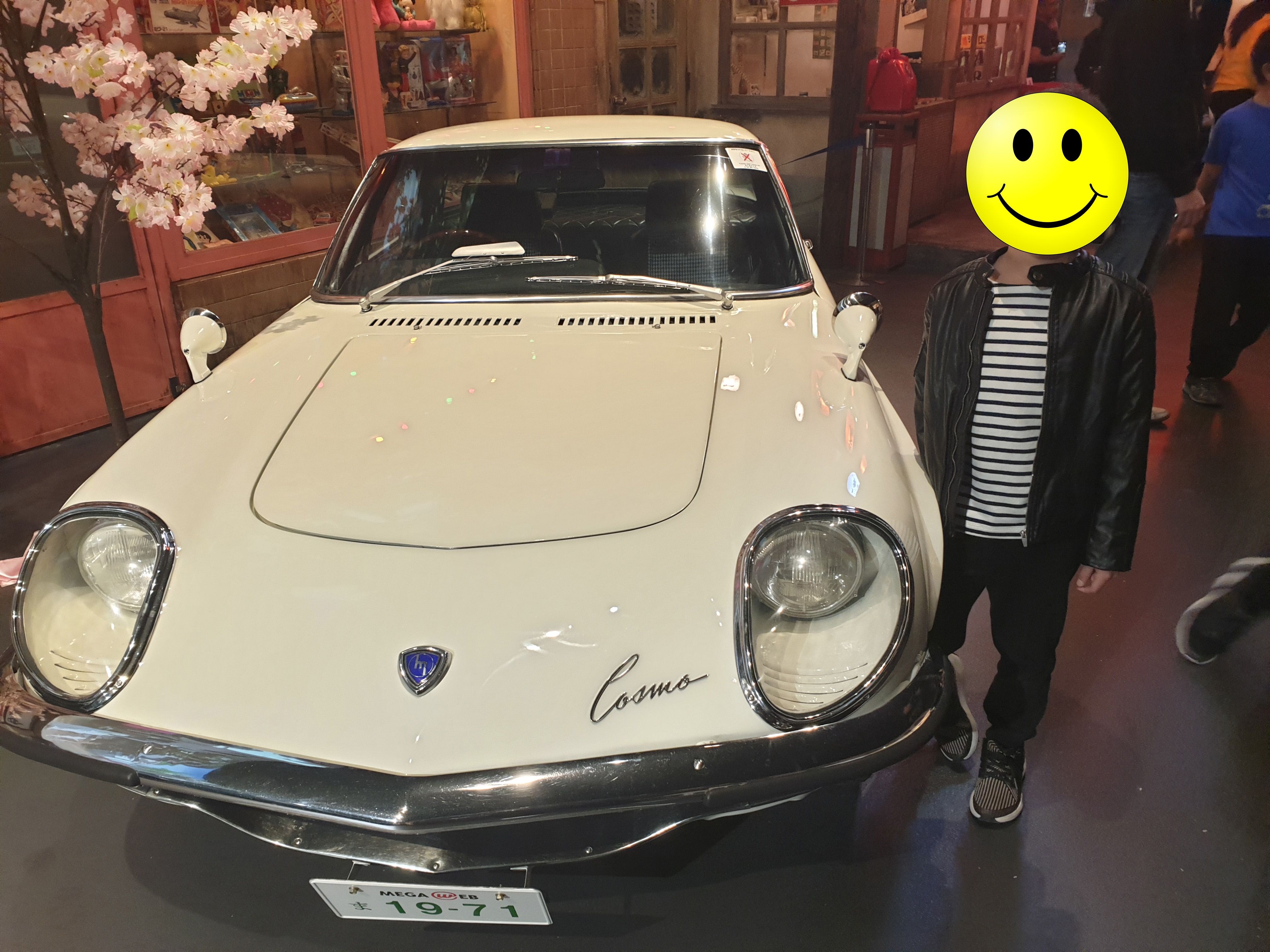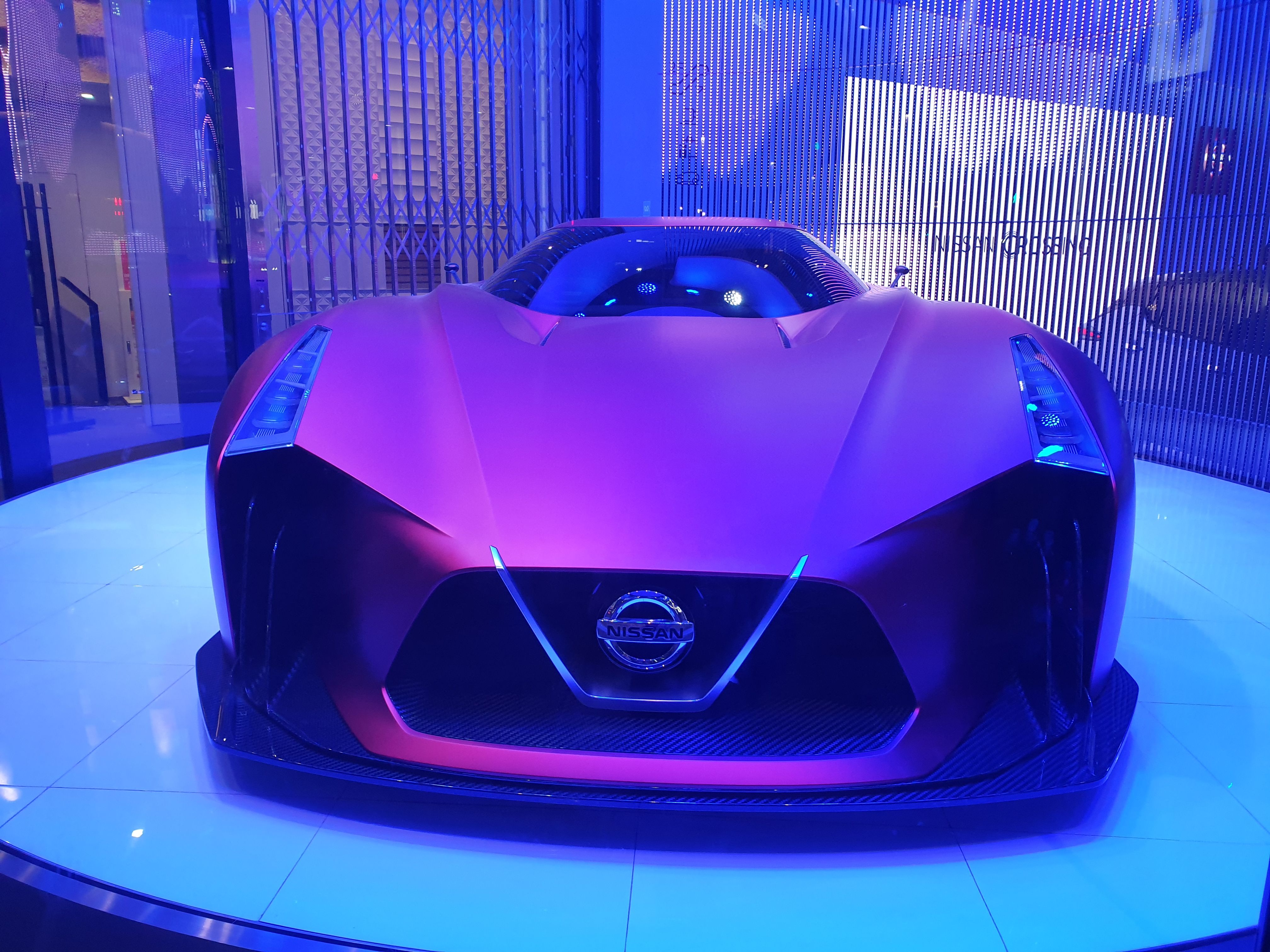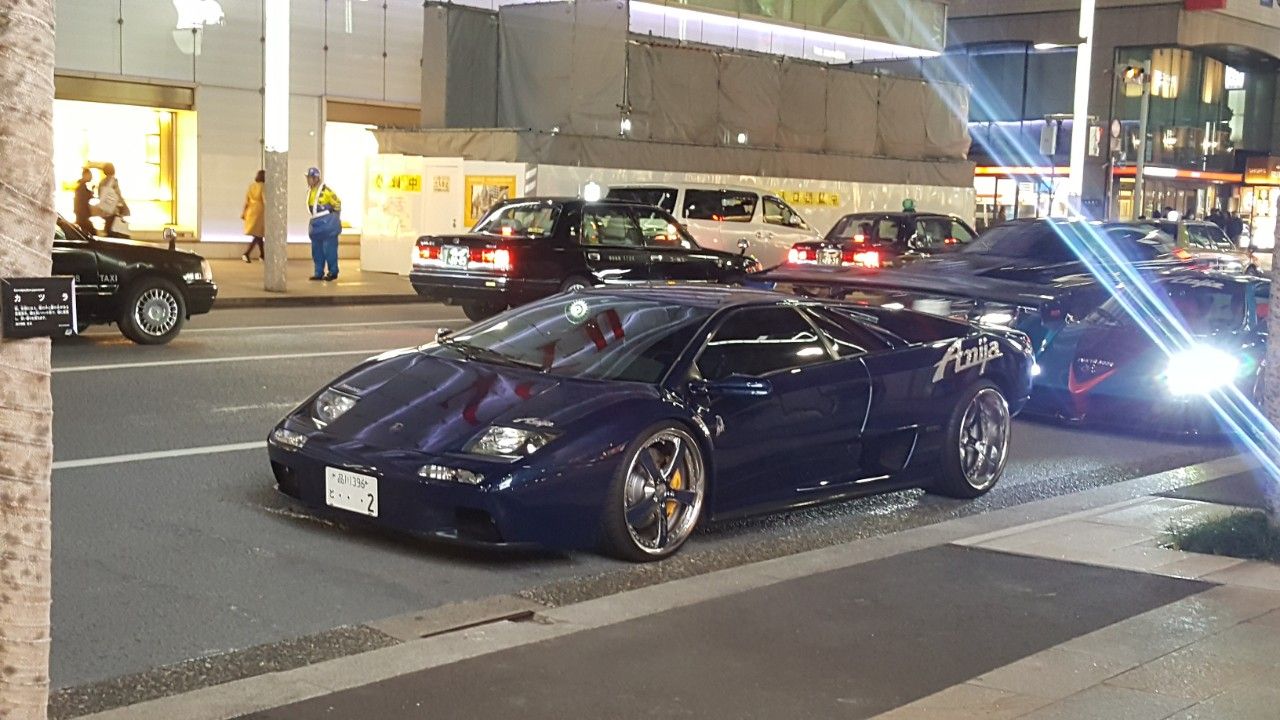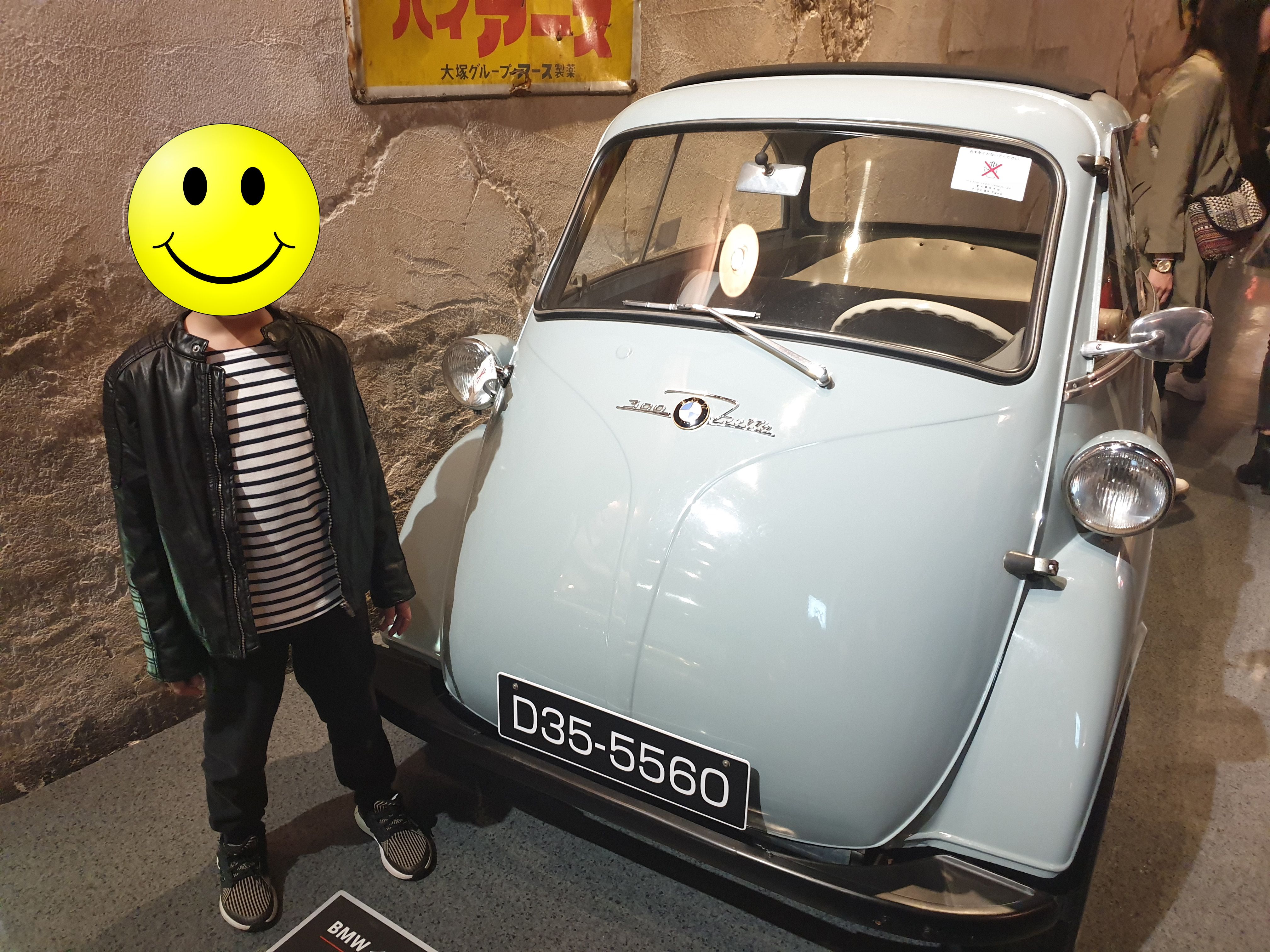When you talk about car culture, the first places you think of include Los Angeles, Dubai, London, and just about every city in Italy. Tokyo often gets lost in the shuffle, except that it shouldn’t be. The bustling capital of Japan has one of the most diverse car cultures in the world. Part of that culture can be traced back to the bōsōzoku, a group of biker gangs that emerged back in the 1950s. The bōsōzoku flaunted their outlandish motorcycles and proudly wore the deviants and delinquent labels of which they were given. They rebelled against the establishment, and their counter-culture ways sparked a car culture phenomenon that lives on to this day. The result is a culture that’s as outlandish as it is diverse. I spent a few days in Tokyo for a vacation, and while I didn’t specifically seek out Tokyo’s car culture, it was all there for me to see anyway. From high-end supercars to mind-boggling custom creations, Tokyo, Japan is a haven for any car enthusiast, and in the few days I spent there, I got a first-hand look on why the megacity should be considered one of the premier car culture cities in the world.
Car Hunting in Japan - It Just Happens
I’ll say this now before I get lost in what I have to say later. I wasn’t planning on going car-hunting when I went to Japan last week. I went there with the full intent of enjoying a much-need vacation with the family. Cars were the last thing on my mind, so much so that I didn’t even realize that a brand new Mercedes E-Class picked us up at Narita airport until after it had dropped us off at the hotel. “Wait, that was the new E-Class,” was all I could muster after it had sped off. I didn’t think much of it afterward, either, because all I could think of at that point was drowning myself in a sea of local Japanese food. That was my goal, anyway, with this vacation. Eat, relax, and enjoy the sights.
It didn’t take long, though, for my “car sense” to start tingling. That first night walking along the Ginza district was eye-opening in so many ways. On one side of the street, just outside the Louis Vuitton building — yes, the high-priced brands didn’t have shops; they had buildings — was a red Lamborghini Aventador. I didn’t take a photo of it because I still had no plans of going car-spotting on my trip. Then I spotted a diminutive white roadster parked on the other side of the street. I glanced at it, hoping to make sense of what model it was.
The next few days followed a similar script. We went to the Shibuya and Shinjuku districts. We went to DisneySea. We went to Mt. Fuji. All the while, I saw hundreds of cars. Sure, most of them were of the typical Japanese variety. Toyota Corollas mingled with Honda Civics. There were some European cars, too. BMWs, Mercedes-Benz, Audis, Porsches. You name it, and I saw at least a few models from each of these automakers. At one point, I even saw an Alfa Romeo Stelvio, which was weird considering that I didn’t know Alfa Romeo sold Stelvios in Japan. Must’ve been an import, I thought.
My third night in Tokyo is when I lost it. I had seen enough cool cars to make a story about it, but I had no photos to back it up. So, as my family settled in at the hotel after a long day traveling to Mt. Fuji, I laced up my sneakers, charged my phone, and went out on the streets in full car-hunting mode. And, boy, oh boy, I’m sure glad I did. Tokyo, folks, did not disappoint.
Just as I rounded the corner from the street of my hotel, I hit paydirt. A handful of supercars lined up along the busy avenue of 3 Chrome-6-1 Ginza.
Then I saw it. At first, I didn’t notice the exotic that parked just behind the Diablo. Maybe I was too busy taking photos of the legendary Lambo. But I looked long enough to realize that it was a Pagani Zonda. Mind you, though, it wasn’t just a Pagani Zonda.
As soon as I had my fill of the Anija supercars, I moved along and continued my car-spotting adventure. A few blocks after my surprise encounter with the Anija A-Team, I found myself at the Nissan Crossing showroom. It was closed at that time, so I peeked inside to see, you guessed it, a Nissan GT-R inside the showroom. I tried taking photos, but the showroom was dark. There was blue ambient lighting throughout, but it wasn’t bright enough to capture photos from a distance. Then, from the corner of my eyes, I saw the hints of a car sitting on a rotating platform. I turned around, and there it was: the Nissan Concept 2020 Vision GT.
At that point, I had seen a good amount of supercars and performance cars. A white BMW i8 almost ran me over, too. All I wanted from the rest of that night was to see what a custom car looked like done in typical Japanese flair. I’d seen how Japanese tuners can get pretty out there with their customization efforts, but it’s different when you see these outlandish creations in person compared to seeing them from a magazine or a computer screen. It took a bit of searching — a lot longer than I intended — but I ended up at an exotic car dealership that was naturally closed at that time.
Most of you probably recognize this one. It’s the 1958 Chevrolet Impala that created a storm of attention at the 2018 SEMA Auto Show in Las Vegas, in part because it showcased the artistry of custom painter Takahiko Izawa, who is credited for creating “metal paint” and the art of “engraving” an entire car body through his paint technique. The car had its own section inside the dealership. It sat on a polished rectangular floor and was surrounded by thousands of pebbles. The display had a zen-like feel to it, except the car, which, by virtue of its appearance, screamed for attention.
For those who are unfamiliar with it, this heavily customized Impala is the creation of Izawa, who worked on it alongside Japanese parts and automotive parts manufacturer Rohan. The showcase isn’t about the Impala itself, but the artistry of Izawa, who reportedly uses a number of stencils to apply and sculpt the painted surfaces on the body of the car. to achieve a spectacular 3-D effect. The result is a car that looks like it was sculpted straight out of aluminum. But it’s not; All of it is paint. It’s even been reported that the metal paint doesn’t fade, yellow, bleach out, or darken from UV exposure. Incredible, right?
Unfortunately, my idea of doing this whole car-spotting adventure at night prevented me from getting up close with the Impala. Not that I would’ve had the chance to in the daytime, but it would’ve been nice to at least be in the same room as this amazing creation. In any event, I decided I’d had enough for one night, though my decision to walk back to the hotel was brought about by sore feet.
The following day was our last day in Tokyo, and as much as I wanted to continue seeking out awesome cars for the whole day, our schedule was packed for the day. One of our stops was Odaiba where the life-sized Gundam unicorn robot statue was located. I’d be remiss if I didn’t share at least one photo of that encounter so here it is.
The highlight of that stop, however, wasn’t the giant robot. I was geeked about it seeing up close, but shortly after that, we stumbled into a place I didn’t know existed. It happened just as me and my eight-year-old nephew were headed back to the train station. Now, I have a good sense of direction when it comes to driving, but on foot, I’m a complete mess.
We stayed in Japan for almost two weeks, and while I wasn’t able to really dive deep into the country’s rich automotive culture, the brief time that I did was time well-spent. I plan to go back to Japan at some point in the future, and while that plan is partly driven by my desire to drown in a sea of tempura, I’m also going back with the goal of diving deeper into the country’s automotive history. Sure, we know Japan mostly as the home of some of the biggest automakers in the world, but the country is more than just the home of Toyota, Honda, Mazda, and Nissan. It’s also the home of a rich and deep-rooted car culture that probably doesn’t get the credit it deserves.
Next time, I’m not sleeping on Japan anymore. Next time, I’ll be ready.


